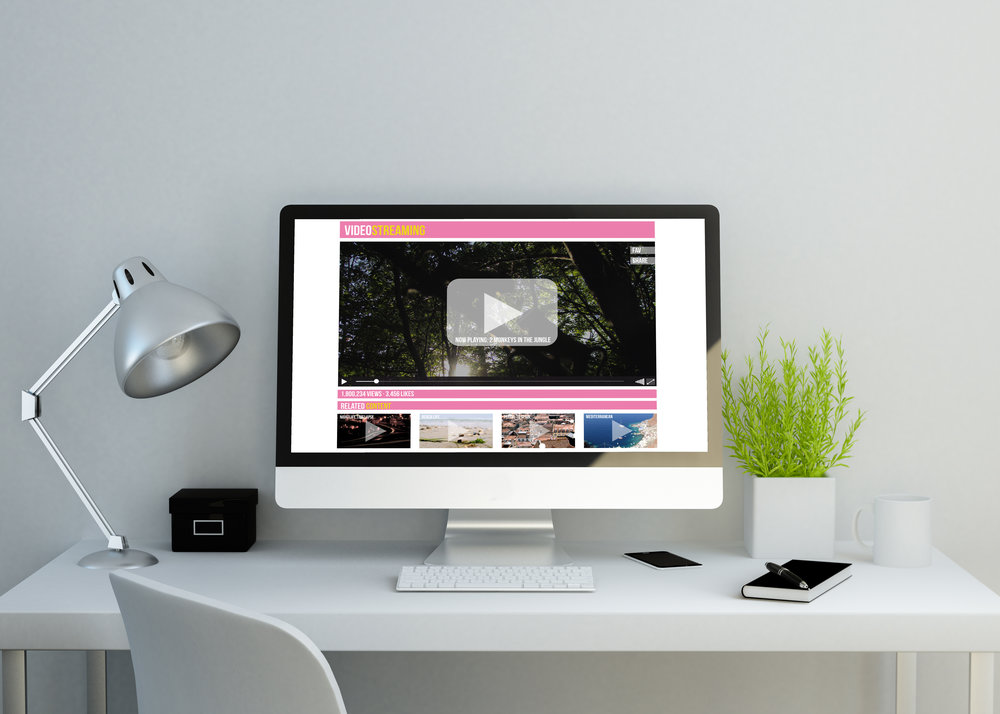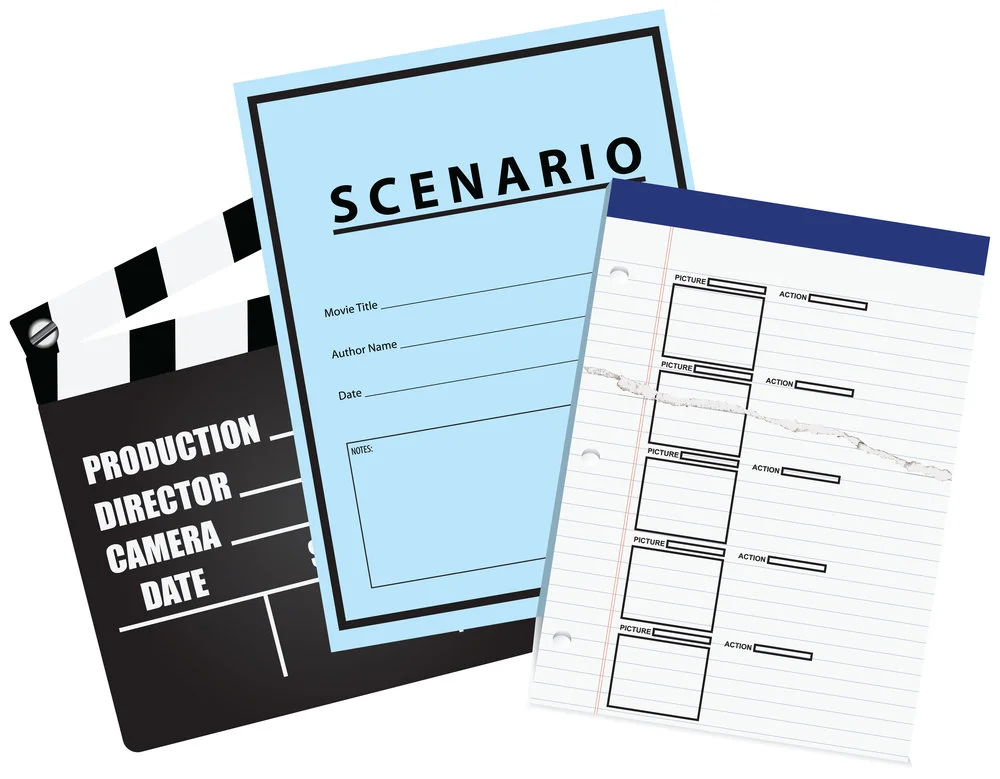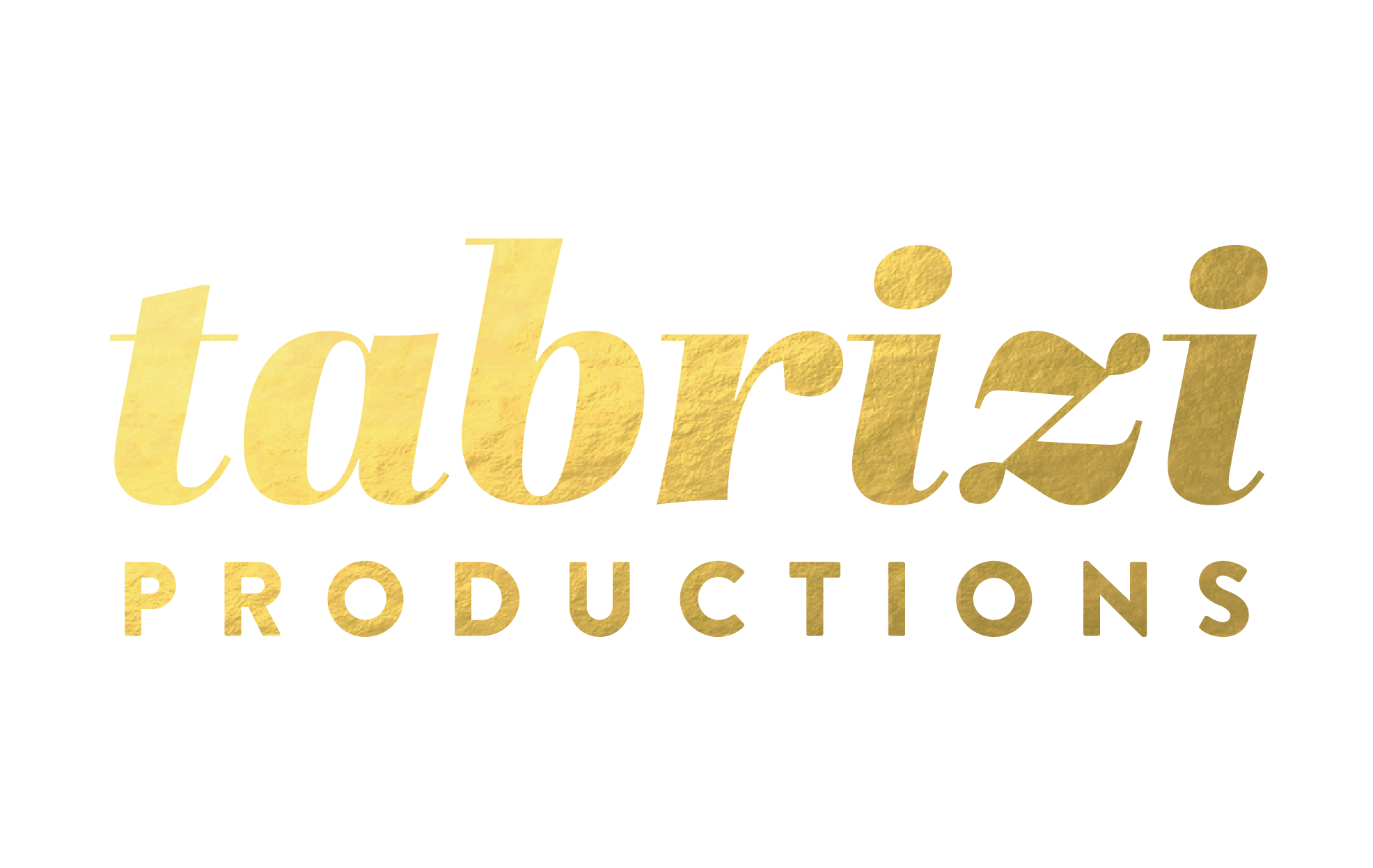Take The Documentary Approach to Humanize Your Brand
Strengthening your brand’s videos is a big deal—especially if you hope to put your best foot forward and outdo the competition. So here’s a piece of advice I picked up from marketing 101: give your brand a face.
What I mean by that is include people in your brand videos (especially yourself). It’s an effective way to humanize your business and studies back this up. It’s been reported that ads with faces gain 11 times more engagement than ads that don’t.
When you (and your employees) interact with your audience through video, you build a deeper connection with them. You establish a deeper sense of trust and authenticity in their eyes.
Example of a Documentary Style Video… Give Your Brand a Face!
How can you apply this in your branded content? One of my favorite ways to accomplish this is through documentary style videos that introduce you on-screen as the owner of your business. In fact, docu-style content happens to be a specialty of mine!
When clients request this kind of video from me, I sit with them and ask them questions about their origin story, their values, and other aspects of their brand’s story. I like that these answers can be woven into brand overview videos, adding another layer.
Video footage of Tabrizi Productions client: Kim Scott, author of Radical Candor and Just Work: Get Shit Done Fast and Fair
As former Fortune 500 executive and business coach James A. Autry wisely puts it: “There is no business, there are only people. Business exists only among people and for people.
Why let me interview you instead of reading off a pre-planned script?
Some brand owners come to me requesting a pre-planned script, but there are a few reasons I tend to suggest starting with an outline and then expanding into conversational interviews instead.
Most importantly, scripted lines can be hard to remember and can come off a bit stiff (often, we don’t write in the same conversational way we speak). However, when I sit down with owners and ask them questions about their business, it comes off much more naturally. As my conversation with my client continues, they forget about the camera and grow more comfortable. That’s when the information really starts to flow. Some of the best footage I record comes from the last few minutes of those interviews.
Documentary style interview with Candice of gaming startup Cat Duo
Interviews help me guide my clients in stepping beyond any PR-lingo. It’s natural to want to put your best foot forward, but your audience will tune out when they hear cliches like “Our brand is special because we are like a family” or “We pursue excellence in everything we do.” They’ve heard the statement so many times, it no longer carries much significance.
So instead, let’s explore how your brand excels and what that tangibly looks like. Let’s discuss what family looks like to you and how it connects to the atmosphere surrounding your brand. As we explore these ideas together, you’ll also get to view your own brand from a different angle and perspective. Sometimes the right question can get you considering your company, your business decisions, and your values in interesting new ways.
Ready to give your brand a face? Reach out and let’s start fleshing out your new video!
If you like what you’ve heard and you want to learn more about how to create video for Instagram, Facebook, Youtube, or TikTok then don't leave without signing up for my * newsletter * to gain more "quickie" video tips, course content and exclusive video coaching offers that will give you the confidence to do it on camera.























































